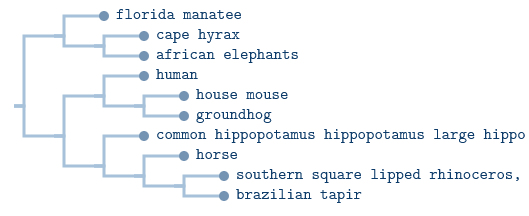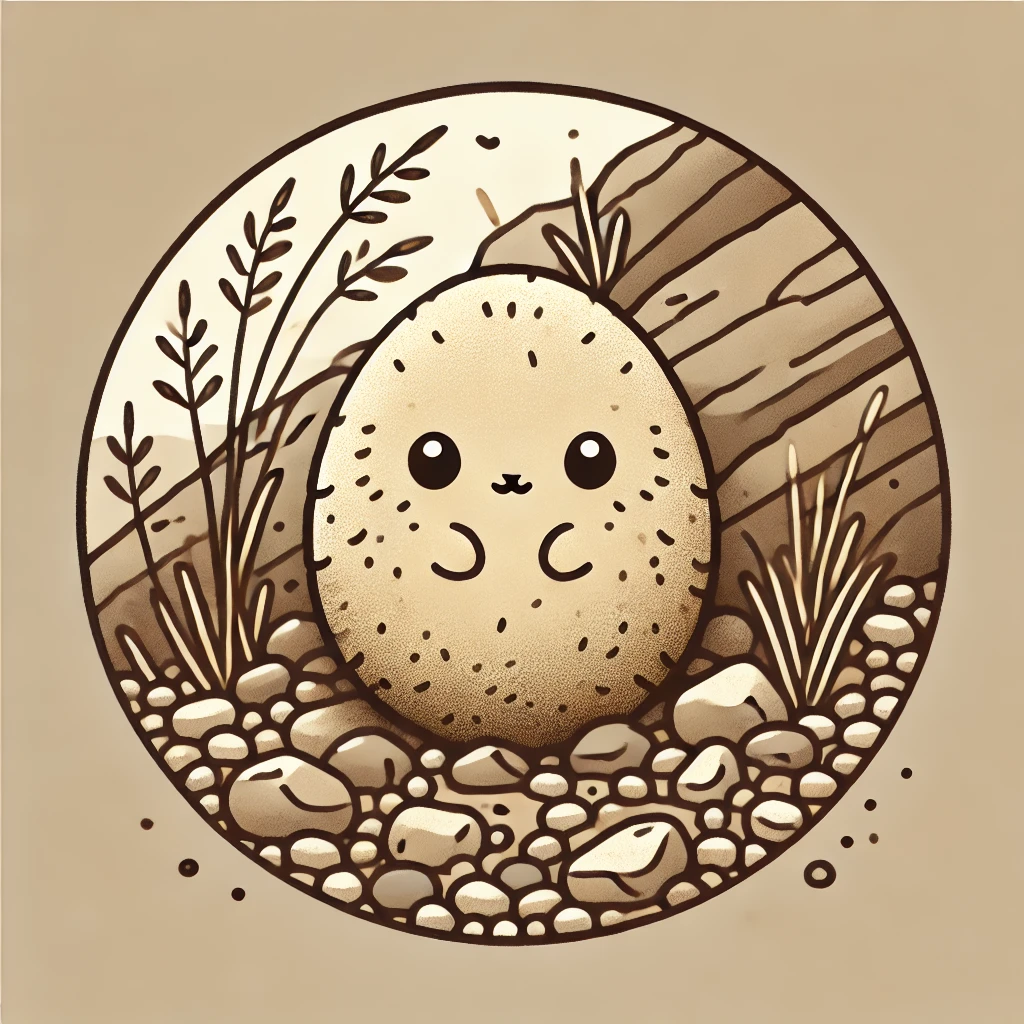Main photo, Rock Hyrax (Procavia capensis) Pups by Ian White
Fun fact!!- I was inspired to hunt out my sample of Hyraceum which is a tincture of hyrax urine (a jelly like substance which is deposited in communal ‘latrines’ in rock clefts or caves)
Chonky Egg…
Hyrax with Two Babies, by Eric Kilby
The latrines used by the hyrax colonies can be over a thousand years old and have many layers, the oldest layers dry out and fossilize (apparently this is where my sample originates and the urine could have deposited up to 10,000 years ago!)
Harvesting fossilized Hyrax piss!
Now my sample was bought maybe 10 years ago and has aged really well. First off it doesn’t smell like piss. It is rich and leathery- definitely of animal origin. It’s actually very nice, and quite sensual, very old world and not a scent note that you’d find in modern ‘clean’ perfumes…
Derpy Egg…
Hyrax eating flowers, by buddyspotz
…well there you go folks! I shall enjoy my Friday evening wearing Hyrax piss (and probably the rest of the weekend as it will most likely linger in my pores after several washes)
Egg…

Photo by IN CHERL KIM
They’re cute but god do they look grumpy in that first picture!
Are these the critters which are unexpectedly closely related to elephants?
It’s a smörgåsbord of critters…
His brain is like an elephant’s, while his stomach is like a horse’s. The skeleton, however, is akin to a rhinoceros’s. The hind feet are entirely different from these animals, more like a tapir’s. Peeking into the mouth of a hyrax, you may recognize similar upper incisors from rodents’ teeth, upper cheek teeth from rhinos, and lower cheek teeth like a hippo’s. They even have two teeth in their upper jaw that resemble elephant tusks. The overall anatomy of a hyrax, however, is like that of elephants or horses. source
Phylogeny is full of surprises:

Hyraxes are more closely related to elephants and manatees than they are to groundhogs.
Groundhogs are more closely related to us than they are to hyraxes.
Source: MinuteEarth tree of life explorer





